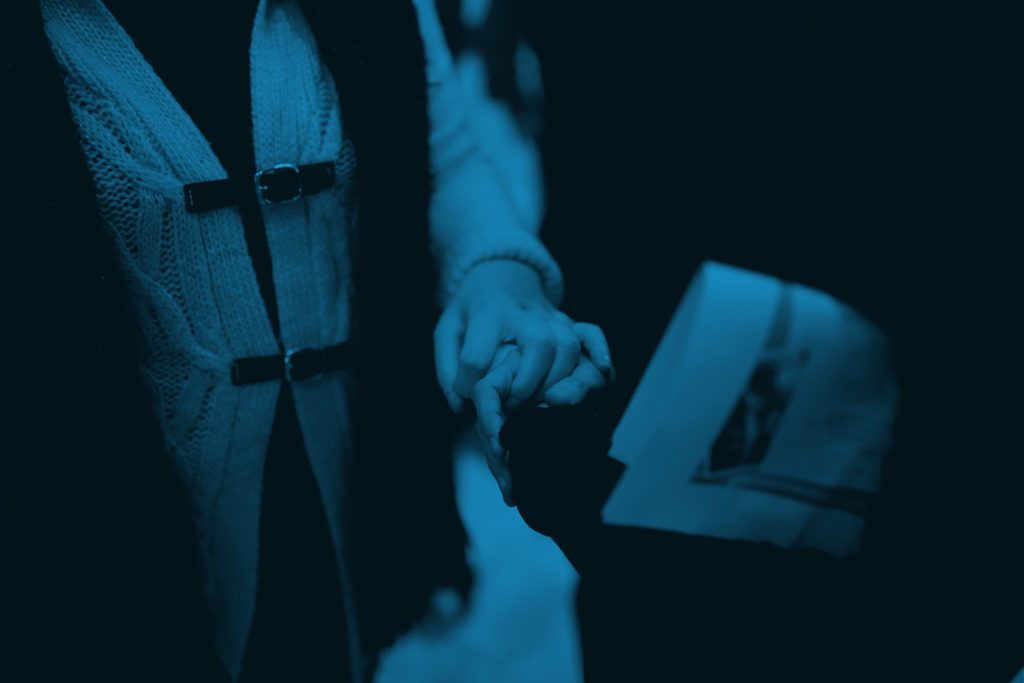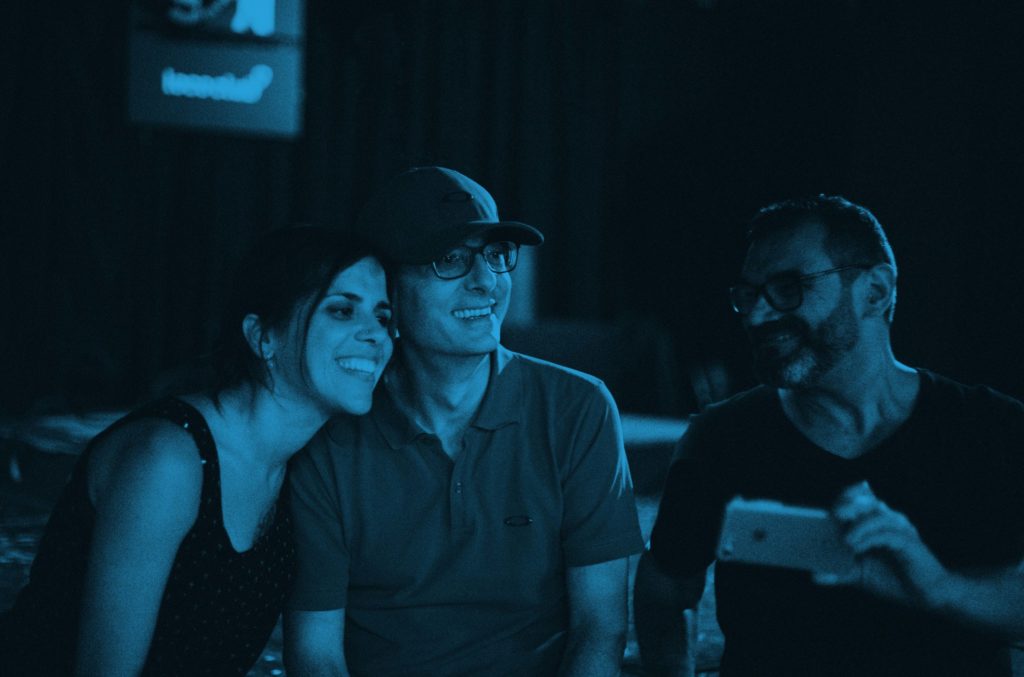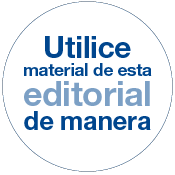Culture and its relevance
Culture is not just a collection of facts or stimuli that we encounter on a daily basis; it is a source of knowledge that enriches us as human beings. It shapes our personalities and our sense of belonging. It is therefore crucial that culture is accessible and inclusive to all, regardless of ability or circumstance.

In recent years, we have seen a positive trend towards more inclusive societies. Spain and other countries within the United Nations have made concerted efforts to ensure that all types of products, goods and services are accessible to people with disabilities, including artistic performances, educational programmes and cultural events.
However, there is still a gap between accessibility and inclusion. Accessibility is often seen as an add-on or an afterthought, rather than an integral part of the creative process. Policies and laws do not specify how to integrate accessibility into the design and development of cultural products, and they do not explain how to go beyond accessibility to promote the active participation and inclusion of people with disabilities in culture.
This means that many accessibility tools, such as audio description, subtitling and sign language, are only created when the product is already finished and ready for release. This shows a lack of awareness and sensitivity to the needs and preferences of people with disabilities, who are not recognised as potential users or consumers of culture.

We can say that although cultural accessibility is increasing in terms of quantity, there is still considerable room for improvement in terms of quality. It must be considered from the beginning of the project, not as an extra or a requirement, but as a core value and an opportunity.
Moving from accessibility to inclusion
To achieve a more inclusive culture, we need to change our attitudes and practices within the cultural sector. We need to plan and communicate more effectively, seeing accessibility as an integral link in the creative chain rather than a separate or isolated element. We need to involve people with disabilities at every stage of the production process, from conception to evaluation.
This means not only learning the primary tools and techniques of cultural accessibility, but also empathising with the realities and diversity of these groups. We should ask ourselves how we can remove the barriers that still prevent them from fully enjoying culture.

Let’s shift our paradigm: let’s assume that our projects will be accessible and prepare for it. Let’s aim for excellence and innovation rather than just compliance. Let’s make culture not just accessible, but inclusive.
The truth is that a deeper understanding of the needs of a larger segment of our audience will lead to a profound change in our lives and professions. If accessibility is built into your proposal from the outset, the possibilities are limitless.
Nihil de nobis sine nobis
We actively engage with users of accessibility tools. It is through this engagement that we reach new heights of creativity and quality, as their contributions provide a fresh perspective on our work – a form of quality control that helps us improve every day.

A global methodology, a fruitful journey
We share our inclusive philosophy through our Academy, where you may find different courses in English. We offer guidance to professionals, organisations, students, production companies and training centres to help more people make the leap to inclusion.
miCINEinclusivo.com is a project by Miguel Ángel Font Bisier.
You may visit his Youtube channel here.








